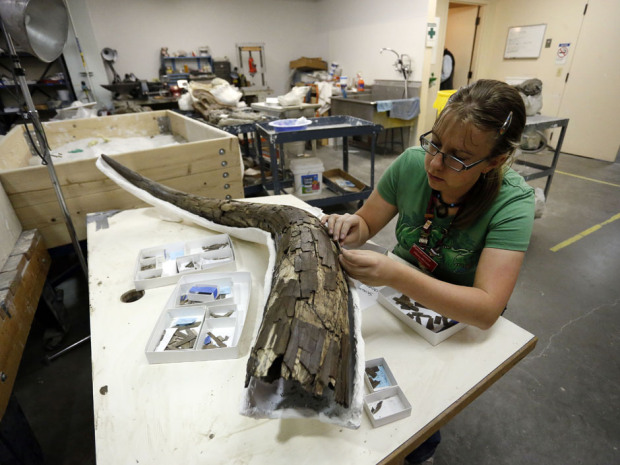
"To think of scattered populations of Ice Age people with primitive technology driving huge animals to extinction, to me is almost silly," said Grant Zazula, chief paleontologist for the Yukon Territory and the study's lead author.
"It's not human nature just to see everything in your path and want to kill it," he said.
The paper, published this week in the Proceedings of the National Academy of Sciences, carbon dated 36 mastodon bones from across Canada and the United States.
What the research found was that mastodons died out in the Yukon and Alaska long before humans were even on the scene. Not only that, but northern mastodons died out a full 65,000 years before their cousins in warmer climes to the south.
For decades, paleontology has held that many North American Ice Age giants, from mammoths to giant sloths to mastodons, were wiped out by the spears of "Paleo-Indians" migrating into North America soon after crossing the Bering land bridge.
The rather unexciting implication of the study is that mastodons were most likely done in by shifting environmental conditions - rather than by a killing frenzy by the predecessors of modern-day First Nations.
"You can't just hold up a flag and say it was one thing that led to the extinction of all these species," said Mr. Zazula. "It wasn't like they all collapsed in one instant across the continent."
Mastodons, furry elephantine creatures that once ranged from Florida to Alaska, disappeared from the North American continent about 10,500 years ago.
Their time in what is now the Canadian North appears to have been brief, and occurred during a short-lived interglacial period when temperature and conditions would have been similar to today.
"They migrated northward: 'Let's come up to Alaska and the Yukon on a vacation to see what it's like,' but then when conditions got cold again they were immediately wiped out," said Mr. Zazula.
Although the study is hesitant to say it definitively, the Yukon die-off could well have been a preview of coming attractions for North America's beleaguered mastodons. As colder temperatures crept south, southerly mastodon herds joined their Northern Canadian brethren in being pushed off the map.
Ross MacPhee, a researcher at the American Museum of Natural History and a co-author of the Yukon study, said in a statement that human may well have dealt the death blow to mastodons, but only after they had shrunk to a small population clinging to life around what is now the Great Lakes.
"That's a very different scenario from saying the human depredations caused universal loss of mastodons across their entire range within the space of a few hundred years, which is the conventional view," he said.
Fringe theories, meanwhile, hold that, just like the dinosaurs, North America's megafauna was simply struck down in their prime by a wayward asteroid - or by cross-continental disease pandemics. In 2006, for instance, a study published in a German scientific journal claimed to have found evidence of a devastating tuberculosis outbreak among mastodons.
Due to their brief northern residency, mastodon bones are rare in the fossil-rich Yukon.
Much of the territory was unaffected by the glaciers of the last Ice Age, leaving its frozen soil packed with the bones, skin and even footprints of long-extinct prehistoric creatures.
Mammoths, by contrast to snow-shy mastodons, were much more successful at eking out a living in the frozen North - and held on until 10,000 years ago.
As a result, hardly a week goes by during the summer months when mammoth parts aren't turning up in Yukon gold mines.
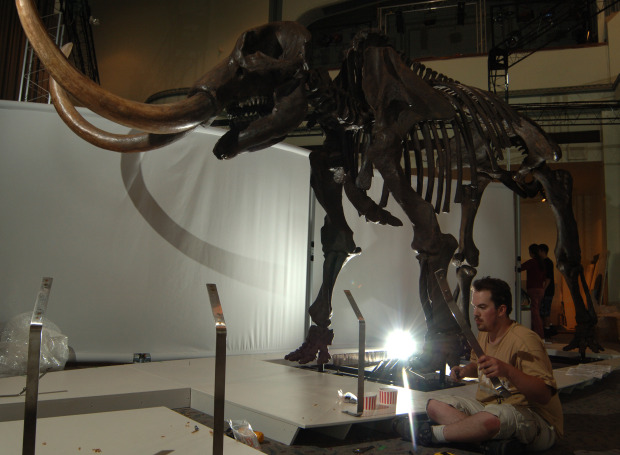
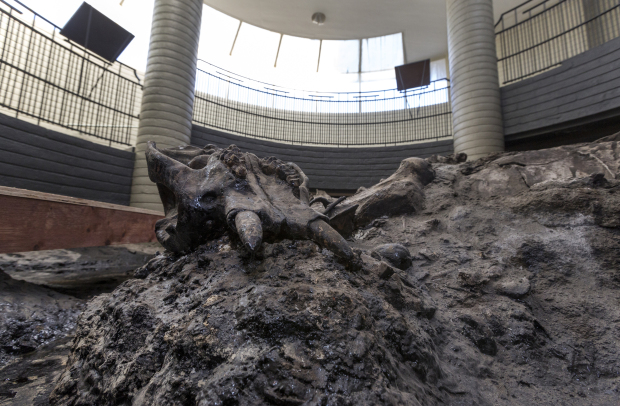
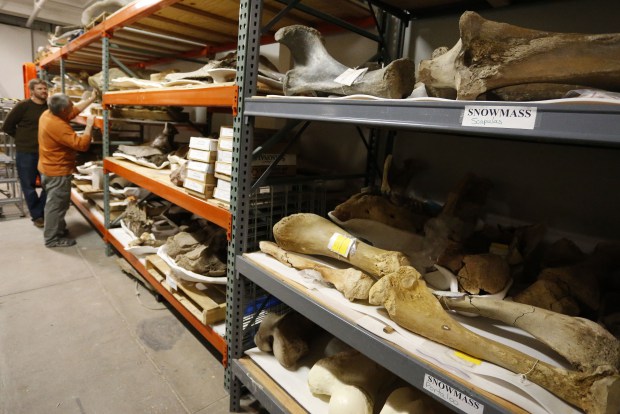
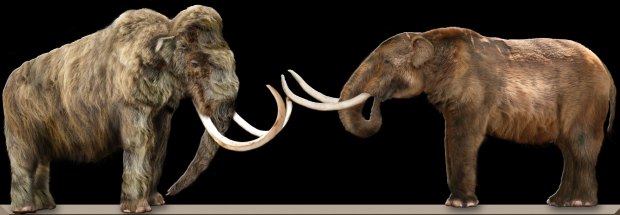



Reader Comments
Okay, maybe the mastodons in the Arctic froze to death, but what about the abrupt disappearance of those further south? The ones in Florida did not freeze to death so why did they also abruptly disappear too?
@stephens:
Q) Why do lame-brain people do what they do?
A) They do it for the money and the fame and attention they get from other lame-brains.
It's kind of a special circle.
Martha, the last surviving passenger pigeon (died in 1914, in a zoo), says: 'Hello.....'
Hello?!?
Increasing your firepower (the amount of death and noisy infernal chaos you create) is how to advance in the killing fields of scientific intellectual property research and heavy capital gain on 'token' investment.
Boom.
Louder....
BOOM.
There, much better, now more:
BOOM BOOM BOOM.
Martha, out
Not human nature, no...but surely psychopathic nature.
On the disappearance of the mammoths: asteroids/comets are a 'fringe' theory? Might want to look into the works of Firestone, Napier and a whole host of others that say otherwise (see: CosmicTusk.com for all relevant information).